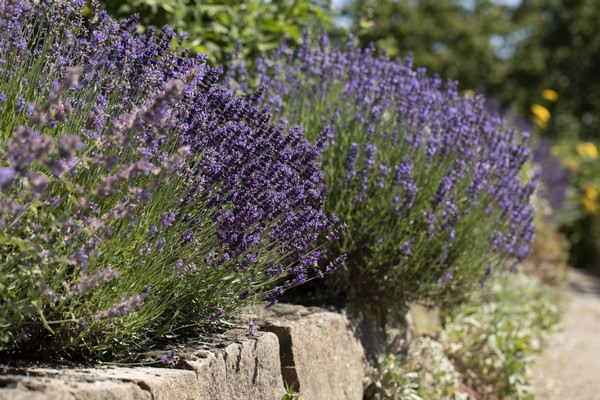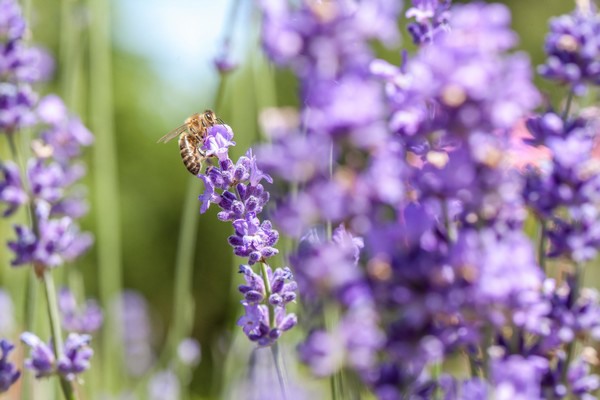The 2023 lavender season has been rather mixed so far at Landgard in Germany. When looking at the Landgard sales, the season was particularly slow and strongly influenced by the weather. "Due to the cool and wet spring, some lavender lots had quality problems, and the growth of the product was slower than usual. Especially white flowering lavender had high production losses. Overall, the quantities of finished products declined due to the weather in March and April," says Marius Huschka, Head of Sales for DIY stores at Landgard Flowers & Plants.

From May onwards, the situation improved, and sales picked up strongly. The dry and warm weather at that time was good for the production of the plants, and the delivery quantities were constantly above the previous year. The classic blue-flowered lavender angustifolia was particularly in demand. "At the moment, however, it is difficult to get hold of goods, as many growers have given up late planting in their production. The prices were higher than last year because there was a shortage in the market. The increased production costs could be passed on to the trade," says Marius Huschka.

The cold and wet spring was also a challenge for the lavender production of Van Adrichem Gartenbau GmbH in Walbeck. The company produces different varieties of lavender, dahlias, begonias, dianthus, and some flowering potted perennials on 17,000 m2 of outdoor space and under 17,000 m2 of glass and foil greenhouses. In the case of lavender, the company specializes in different varieties of Lavandula angustifolia in pot sizes 13, 17, and 19. In addition to the classic blue plants, white flowering lavender is also in great demand. In addition, Lavandula stoechas are produced in pots of 13 and 17. In total, almost 230,000 Lavandula angustifolia and 100,000 Lavandula stoechas are produced annually in up to 13 sets, which are marketed by Landgard via the cash & carry markets and various sales units as well as in direct business.

Mareike van Adrichem
"Demand was generally very high this year. This was also due to the fact that the quantities on the market were somewhat lower than last year. In addition, the long cold spell in spring also led to losses," says nursery owner Mareike van Adrichem. In addition to the cold spring, the weather was also not ideal during the rest of the season. "The abundance of rainfall from mid-July onwards has put a lot of stress on the roots of the lavender plants, which is why we cannot react to symptoms of disease and can only control the health of the plants to a limited extent, as everything is washed out again straight away. Heat is also a stress factor for lavender. All in all, we have always been able to sell our lavender very well in recent years," says Mareike vanAdrichem.
For more information:
Landgard Service GmbH
www.landgard.de
